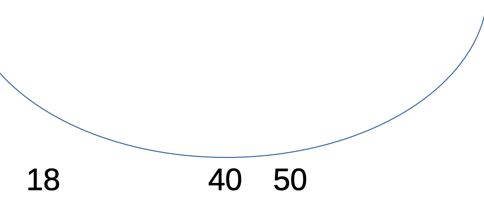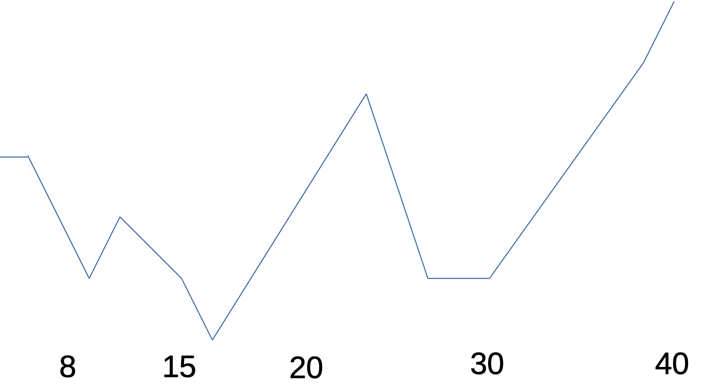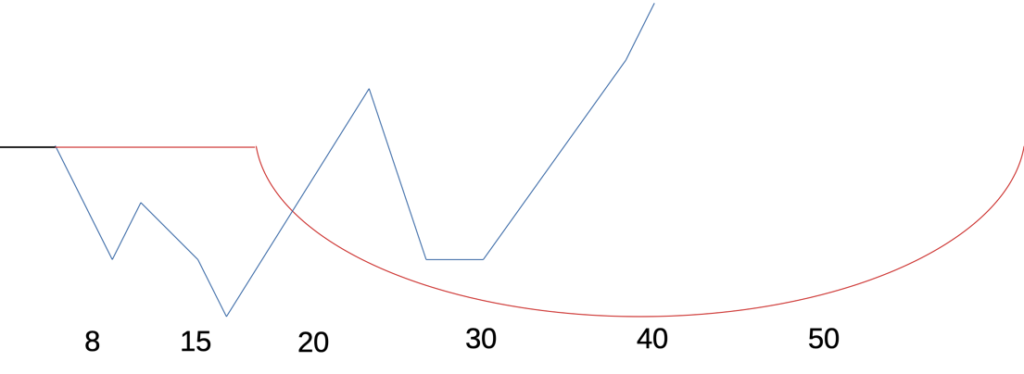I’ll begin with an oft-repeated nugget of bullshit wisdom: “Money doesn’t buy happiness.”
And I’ll say that’s true, except no money also can’t buy happiness. The phrase isn’t that money can’t buy happiness, but that it doesn’t necessarily. So I think that a better version would be: “Money doesn’t necessarily buy happiness, but it’s a prerequisite.”
I began tracking my annual income in relation to yearly inflation and the American median per capita income a few years back, using my historical W-2s. Alas I didn’t save them all, and employer data retention limits their own historical records, but I can go back as far as 2011, and prior to that I can infer some pretty measly wages. So, after a 16+ year career (when I began working full time), this is what I discovered:
The Median
First off, the median per capita is, by definition, the income that most people have. It is therefore the income at which point you can survive with proper budgeting, since most people do so. It is also not something that happens with entry level jobs, and requires years of experience and some promotions to achieve. In my case, it was 7 years of working full time to achieve this median.
Inflation
Failure to increase wages will return a net loss as inflation chips away at real income value, so if your annual raises do not outpace inflation, you will lose actual worth. This drags out the process.
Transition
For the next 4-5 years following this introductory period, the promotions with job changes were decent but not enough to significantly alter my station. I’ll call this the transition stage: the point at which sufficient skills are acquired to warrant higher pay, but the opportunity has to present itself. It was the most competitive period of my career.
Overcoming
The following 5-6 years have since seen me significant compensation growth, I think because at this point I have acquired a very broad skillset but with pointed areas of expertise, which are in demand. Individually I broke into the 20%er bracket during this timeframe, which was the point at which I began to notice my purchasing power had significantly changed in relation to my younger self and the world around me.
Conclusion
In the spirit of this site’s ethos, these are my observations and interpretations of being an elder Millennial, by age:
- 0-21: No job in this age range will return a livable wage due to lack of knowledge, experience, education, and an employment system that greatly restricts job availability.
- 21-28: Any job in this age range will be limited in both responsibilities and salary.
- 28-33: A job in this age range will begin to see greater salary returns, probably due to experience gained while in the prior age range.
- 33+: A job in this age range can encompass a wide range of pay scales and opportunities.
Sooooo, anything before turning 30 is a wash. It’s the period of life that requires working hard for low pay while building skills and experience needed to compete for the higher-paying jobs. This pretty closely checks out with published salary by age reports, although I can’t personally confirm the next stages. Supposedly salary caps out in the 45-54 age range, so hopefully I have that to look forward to.
I admit, it’d be kind of depressing as a young person, and appears constant across developed nations. The postwar Baby Boomer period was anomalous, with its influx of unskilled high pay industrial jobs, followed by unsustainable financial policies to unsuccessfully maintain that growth. But a generation that lacked financial burden also proved to lack compassion and character, so there’s an upside to the struggle, for those who make it that long. (Also, money.)
–Simon











